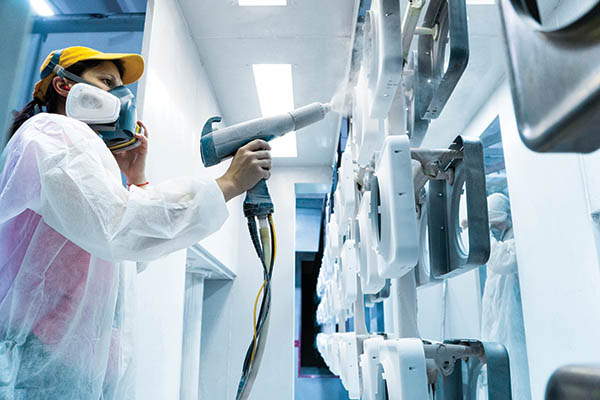
Compressed air waste due to leaks or excess pressure is the Achilles heel of pneumatic systems. Please find out how to avoid them.
Thanks to the numerous advantages it offers, pneumatic systems are used with precision in almost all industrial branches. In this sense, one of the main advantages is the abundance of raw material, air. In addition, the ease of controlling and adjusting it according to needs is also a great asset.
However, for everything to work correctly, it is essential to be aware of possible leaks in the system using cylinders inc. After all, when you lose compressed air, you lose efficiency and waste energy for nothing. Because of this, some fundamental issues must be taken into account when assembling an industrial pneumatic system.
The First Size The Piping And Connections Correctly
Decreasing the number of angled connections is critical. This creates an uninterrupted flow, reducing the chances of leaks.
Use Quality Components
Compressed air treatment is crucial for the correct functioning of industrial pneumatic systems. In this regard, quality filters, regulators, and lubricators are essential. In addition, these components also need to be sized correctly.
Have A Leak Detection Program?
About 30% of the compressed air used in pneumatic systems is lost due to leaks. Therefore, controlling these leaks quickly means considerably reducing waste and energy costs. So, for sure, eliminating leaks is a fundamental step to improving a compressed air system’s efficiency and saving resources immediately. Therefore, it is essential to develop a leak detection program. For this, count on a maintenance team specialized in the industrial pneumatics area.
Other Actions
In addition to the actions mentioned above, it is essential to be aware of other factors, such as using reverse flow regulators and double pressure circuits. Likewise, installing directional control valves with unique sealing technology is recommended.
When the system of cylinders inc operates at excessive pressure, the air dissipates (called artificial demand). When this happens, there is an excellent waste of raw material. Unfortunately, this is quite common and, to some extent, relatively normal.
It is possible to reduce the consumption of compressed air by up to 50%. This is thanks to pulsed air technology, which produces high-speed pulse frequencies, resulting in fewer reservoir recharge cycles. The result: less air wastage, lower energy costs, and less wear and tear, thus reducing the need for maintenance.




